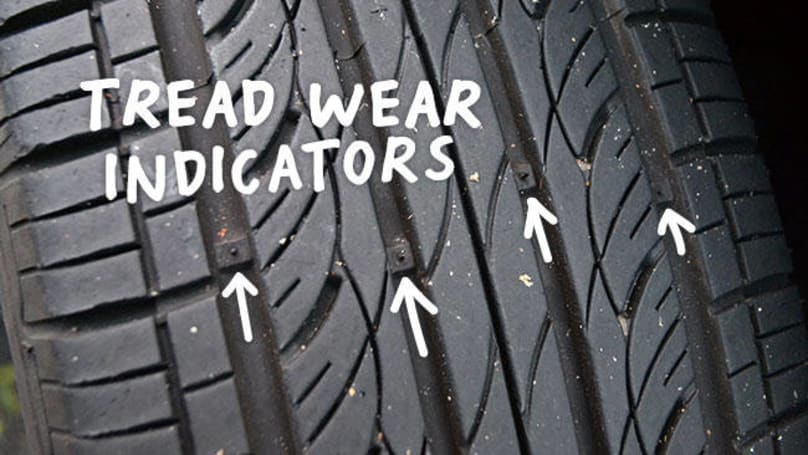
Are wheel spacers legal in Australia?
Are wheel spacers legal in Australia? No, wheel spacers are not legal in...
Browse over 9,000 car reviews

Shorter days mean more time driving in the dark of night or the semi-darkness of dawn or dusk, which limits visibility. Throw in rain, hail, snow and fog, and it's even harder to see.
To combat it we need to do everything we can within our power to enhance our visibility.
The first barrier to good visibility is the windscreen and windows through which we view the road ahead and what is around us.
It's fundamentally important to regularly clean the windscreen as well as the side and rear windows to enhance our visibility in all directions.
Don't just clean them on the outside; also clean them on the inside to remove the accumulation of plasticisers and cigarette smoke and other airborne contaminants that clouds our view of the outside world.
Using hot water on a cold windscreen will almost certainly crack it
On really cold winter mornings we often wake to find our windows covered with ice and in our rush to get on the road we're tempted to clear it away using hot water.
Using hot water on a cold windscreen will almost certainly crack it. Use cold water straight from the tap, it's warm enough to melt the ice and you won't damage your windscreen.
Make sure your wipers are operating correctly, that's on low speed, high speed, and intermittent settings.
Also check the wiper blades and replace them if they're showing signs of wear. Consider replacing them even if they're not, they're cheap and can be replaced in a matter of minutes.
Also make sure the windscreen washers are working, that there are no blockages in the nozzles, and they're aimed correctly at the wiped area of the windscreen.
Make it a routine to check the windscreen washer reservoir and keep it topped up with a mix of water and anti-freeze as per the carmaker's recommendations. If you're not sure check your owner's manual.
Don't forget to check the wipers and washers on the headlights.
We rely even more on our lights in the winter months, so it's a good time to check they're all working.
Switch on the lights and walk around the car checking the headlights – on low and high beam – the parking lights, tail lights and turn indicators, including the side repeater lamps.
With the engine turned off, but the ignition switched on, place the transmission into reverse and check that the reversing lamps are operating.

Check the emergency warning flashers are all operating, they will be of vital importance if you're stuck on the side of the road.
Finally, check that all brake lights are working. You might need someone else to check the lights for you while you apply the brakes from the driver's seat, but if you can't find anyone to help out the reflection in a shop window can be useful.
Repair any lights that are not working, replacing a globe is a simple job that only takes a few minutes.
Keeping the windscreen and other windows clear of mist is the job of the heater/demister or air-conditioner so make sure they're working and efficiently demisting the windows.
The air-conditioning system is more effective at demisting the windows than the heater/demister because it removes the moisture from the air that actually causes the misting.
While you're at it check the rear window wiper, washer and demister to make sure they are all in good working order.
Batteries come under extra strain during winter when they have to power the lights, wipers and washers, heaters and air-conditioners, and have enough left over to turn over a cranky engine on cold mornings.
It's usually on those freezing cold mornings deep in winter when batteries call it quits.
Before it gets to that check the battery. Remove any build-up on the battery posts terminals to ensure there is good contact.
If you need to replace the battery do it with one that has sufficient cold cranking power to handle the load in your car.
The tread on our tyres plays a vital role when the roads are wet. The function of the tread is to pump water away from the contact patch where the tyre contacts the road.
As the tread wears down its efficiency to remove water from the contact patch is reduced, and beyond the legal tread depth limit it's virtually useless.

Before winter takes hold inspect your tyres for tread wear and measure the depth of the tread. If they're heavily worn replace them.
It's also important to maintain the correct inflation pressure in the tyres. By doing that you'll ensure that the tread area in contact with the road is at its most effective.
Comments